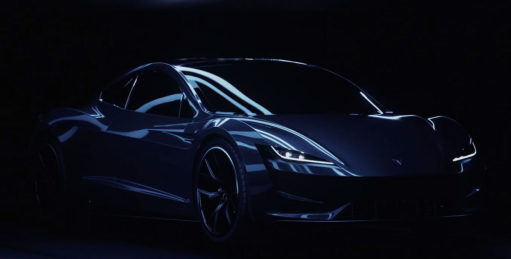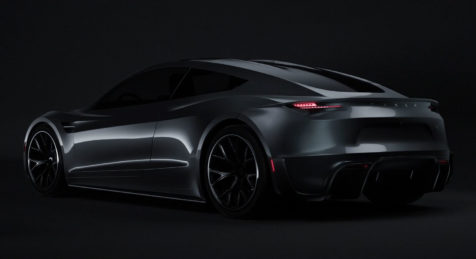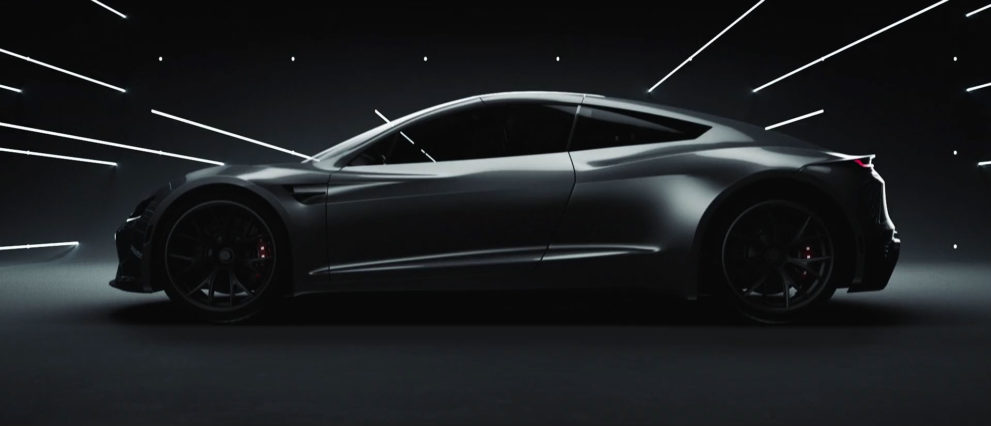As Cyclone Owen barreled towards north Queensland in Australia last week, Tesla decided to roll out the Powerwall 2’s “Storm Watch” feature, a function designed to help households prepare for possible power outages during severe weather disturbances. The update marked the first time that Tesla activated the special feature outside of the United States.
Storm Watch works by detecting incoming weather disturbances and prioritizing available power towards keeping backup functions. With the function enabled, the Powerwall 2 would automatically charge and attempt to maintain maximum capacity, allowing the battery to provide backup power when needed. The feature made its debut in the US last August, following an update on the Tesla mobile app.
Australian customers in the north town of Townsville received the update last weekend. Tesla, for its part, noted in a statement to local publication Renew Economy that the decision to activate the feature in the region was taken centrally by the company. Customers were notified of the Storm Watch feature through their mobile app, and they were informed that the function would be active until the weather event ends. Powerwall 2 owners were further notified that the battery system’s operations would revert back to their previously-selected mode after the cyclone.
Tesla’s release of Storm Watch for Powerwall 2 users in Australia seems to have been a strategic move for the company. Cyclone Owen, after all, proved to be severe, dumping what Australia’s Bureau of Meteorology (BOM) dubbed as “incredible” and “very intense” rain over parts of Queensland’s north tropical coast. Some farmers in the area reported over 700 mm of rain, with 120 mm being dumped by the cyclone every hour. Ultimately, Owen was downgraded to a tropical low on Saturday, but the damages it caused were notable nonetheless. Speaking to ABC News, sugar cane grower Paul Mizzi noted that he had to tip out at least 60 mm of water every hour to prevent his land from being overwhelmed by the cyclone.
“We barely slept last night, checking the rain gauge and tipping out at least two inches [60mm] every hour. It’s a totally different flood, I’ve been out there this morning on the tractor checking paddocks and we’ve had paddocks wiped out,” he said.
Tesla’s Powerwall 2 might be among the more understated products from the electric car maker, but the home battery units are incredibly impressive nonetheless. Last October, for example, a Northern California man in PG&E’s electrical service territory ended up having his electricity cut off due to high risks of fire in his area. PG&E opted to shut off power for 42 hours, and the Powerwall 2 battery kept the lights on for the entire duration of the outage. By the time the power came back on almost two days later, the home battery unit still had 9% charge remaining.
The Powerwall 2 is also a central part of one of Tesla’s most ambitious energy projects to date — the South Australia Virtual Power Plant — which will involve 50,000 connected households equipped with solar panels and home battery storage units. Together, the system is expected to deliver 250 MW of solar energy and 650 MWh of battery storage capacity, dwarfing the highly-successful Hornsdale Power Reserve.






